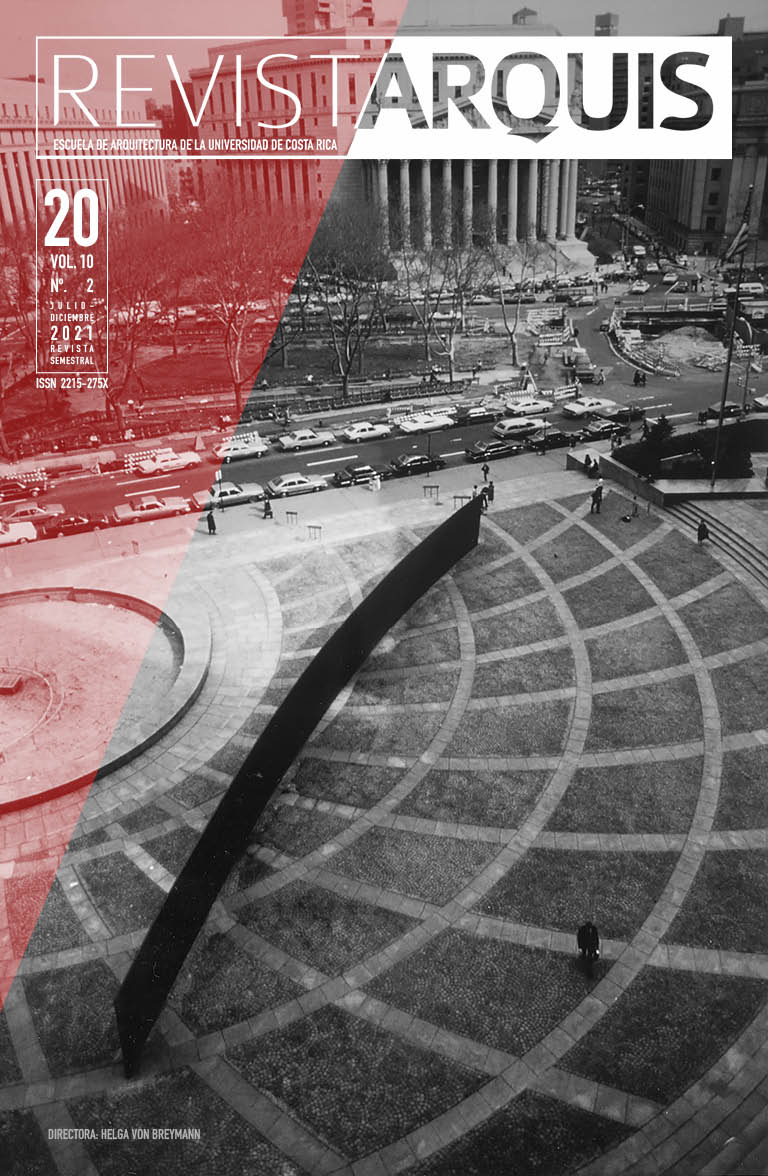Abstract
This paper analyzes the relationship between architectural destruction and the body memory of those who inhabited the place before it was destroyed. It is focused in the way in which the destroyed architectural environment can influence and modify collective experiences of belonging. It begins by reviewing the recent approaches with which geographers have conceptualized architecture: the Actor- Network Theory and the theory of affects, from which buildings are not viewed as inert objects but as objects that “do things''. It is recognized that both approaches have not sufficiently explored embodied experience, the role of human subjectivity, or of memories and reminiscences in the mediation of affects in contact with architectures and non-humans of the present. Through the case study of a demolished Mexican manufacturing area, it is shown how effects of material remains (atmospheres of destruction) are intersected by another type of affect that brings together the embodiment of past encounters: haunting. Co-inhabiting post-demolition has meant demarcating affective borders as mental-bodily limits that enable the inhabitants to continue their emotional-affective work in the face of the fading of memories and feelings of belonging.


